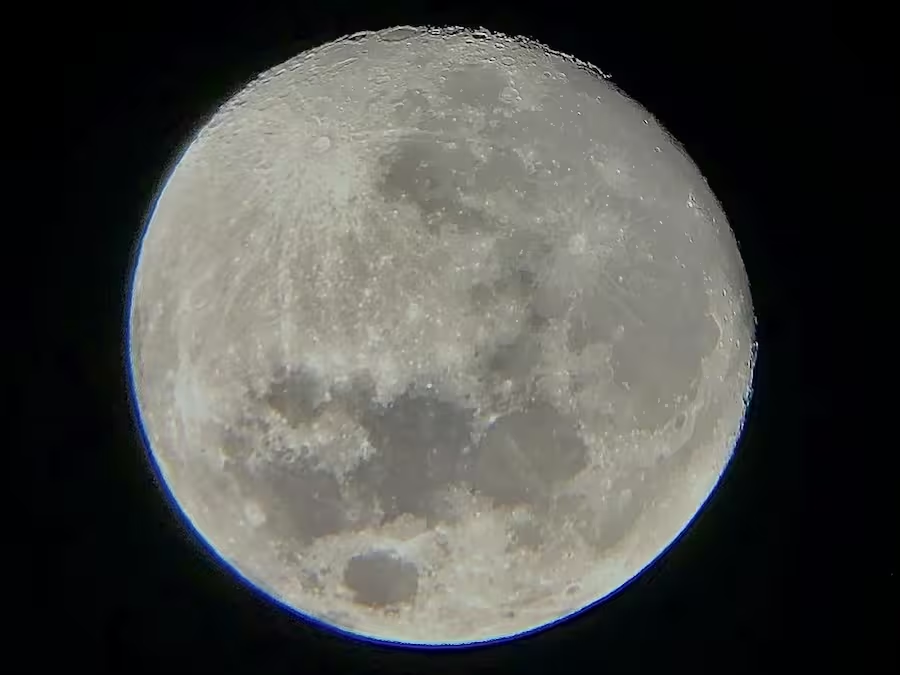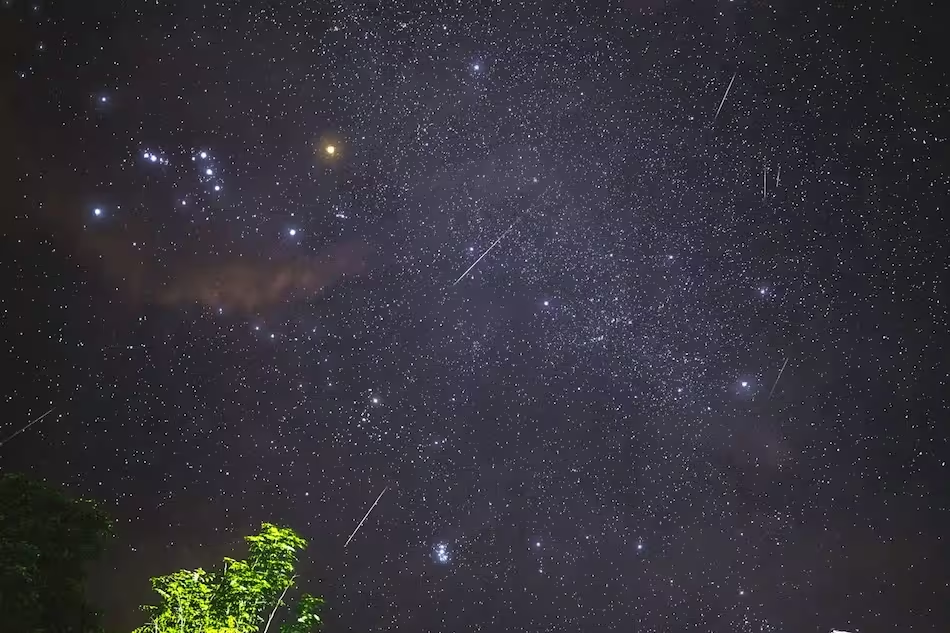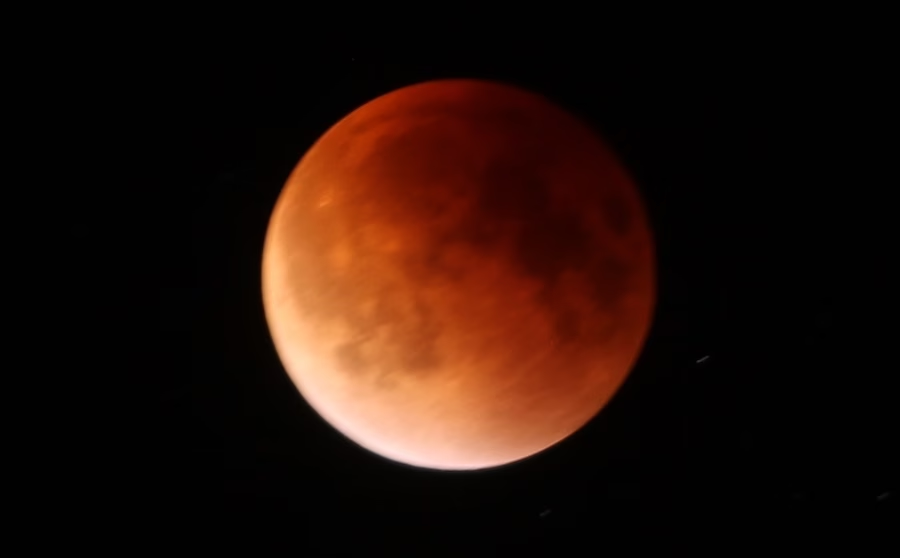Long Islanders, get ready for an incredible celestial show tonight! The Hunter Supermoon, the largest and brightest full moon of 2024, is set to rise, and you won’t want to miss it. Not only is this moon special because it’s the closest supermoon of the year, but it also carries a rich history and tradition. Here’s everything you need to know to enjoy this stunning lunar display.
What’s a Supermoon, Anyway?
A supermoon happens when a full moon coincides with the moon’s closest approach to Earth in its elliptical orbit—known as perigee. Normally, the moon is about 238,855 miles away, but tonight, it will be just 222,095 miles from us. That means it will appear up to 14% larger and 16% brighter than your typical full moon. So, if you’ve ever felt like the moon was following you or about to bump into a tree, tonight’s your night to feel that on an epic scale!
Quick Reference: What, Where, Why, and When to Watch
- What: Hunter Supermoon – the largest and brightest full moon of 2024
- When: Moonrise tonight, Wednesday, October 16, around 6:12 p.m. EDT
- Best viewing time: Shortly after sunset and moonrise for the “moon illusion”
- Full moon peak: Thursday, October 17, 7:26 a.m. EDT
- Where: Best seen along the eastern horizon, away from city lights
- Recommended spots: Jones Beach, Montauk Point, or anywhere with clear views of the horizon
- Why: The moon will be at its closest point to Earth this year, making it appear up to 14% larger and 16% brighter
- Bonus: Look for Jupiter and the Pleiades star cluster nearby
When to Watch: Timing is Everything
The moon officially turns full on Thursday, October 17, at 7:26 a.m. EDT. However, the best time to see it in all its supermoon glory is tonight, Wednesday, October 16, just after sunset. Moonrise in Long Island will be around 6:12 p.m., so grab a cozy spot outside with a clear view of the horizon and watch as this giant moon creeps into view.
To catch that “wow, it’s enormous!” moment, make sure to watch shortly after moonrise when it’s near the horizon. That’s when the moon illusion kicks in—an optical trick that makes the moon look bigger when it’s low in the sky, thanks to objects like trees or buildings on the horizon for comparison.
How to Get the Best View
If you can, head to an area with minimal light pollution like Jones Beach or Montauk Point. And if you’ve got binoculars or a telescope, even better! You’ll get an up-close look at the moon’s craters and features. But honestly, just looking up with your own eyes is enough to appreciate the beauty of tonight’s supermoon.
Oh, and don’t forget to wave at Jupiter while you’re at it. The gas giant will also be visible in the eastern sky, just to the right of the moon. If you’re lucky, you might even catch a glimpse of the Pleiades star cluster, one of the most iconic sights in the autumn sky.
Why Is It Called the Hunter’s Moon?
The Hunter’s Moon is the first full moon after the autumnal equinox, marking the transition to cooler weather. Historically, this was the time when hunters prepared for winter by tracking fattened game under the bright light of the moon, and the name has stuck around. Various Native American tribes had their own names for this moon—some called it the Moon of the First Frost or Falling Leaves Moon. It’s a seasonal marker that has guided people for centuries.
Supermoon and Tides: Beware of Higher Water
Tonight’s supermoon will also give coastal Long Islanders a little bonus: higher-than-usual tides, sometimes referred to as “spring tides.” So, if you’re hanging out near the shore, you might notice the water creeping up a bit higher than usual over the next couple of days. Just something to keep in mind if you’re taking that moonrise beach walk!
A Final Thought
Whether you’re a seasoned stargazer or just a casual sky-watcher, tonight’s Hunter Supermoon is a must-see. Take a few minutes to look up and marvel at the wonder of the cosmos—no telescope required. After all, when the biggest moon of the year puts on a show, you don’t want to miss it!
Want to get a closer look at the moon or anything else in the sky? Click here for our article on six observatories you can visit to go search for celestial objects.
Photo: Lon S. Cohen




